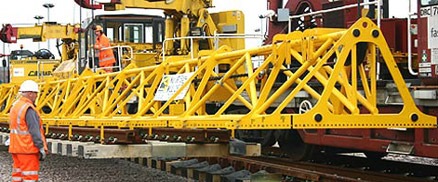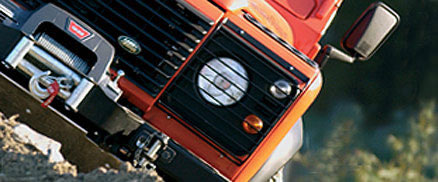If you take good care of your electric winch, it will last for many years of use. Follow the winch maintenance checklist below to keep your winch in good working condition.
Winch Cable (Synthetic or Wire)
- Check for kinks, fraying, and other damage before and after each winching operation.
- Replace the cable immediately if you see signs of damage. Do not use a damaged rope.
- Keep the rope clean and dry.
- Spool the cable neatly and evenly onto the drum after you are done winching.
Electrical and Hardware
- Check the electrical connections every few months to make sure they are clean and tight.
- Remove dirt and corrosion from the electrical connections. If you allow the corrosion to build up, it may reduce the performance of your winch or cause a short.
- Power the cable in or out every few months, whether you need to use the winch or not. Periodically running the motor will create heat and dissipate any moisture built up in the motor. If the winch is not operated for a long period of time, this moisture will lead to internal corrosion and damage the motor.
- If you live and ride in salty areas, coat the electrical connections with silicone to prevent corrosion.
- Periodically check all mounting bolts for tightness.
Cleaning and Greasing
- The gearbox and drum bearings are permanently lubricated. No internal lubrication should be required for the life of the winch.
- If you take apart the winch for repair or cleaning, however, it will be necessary to re-lubricate the winch.


